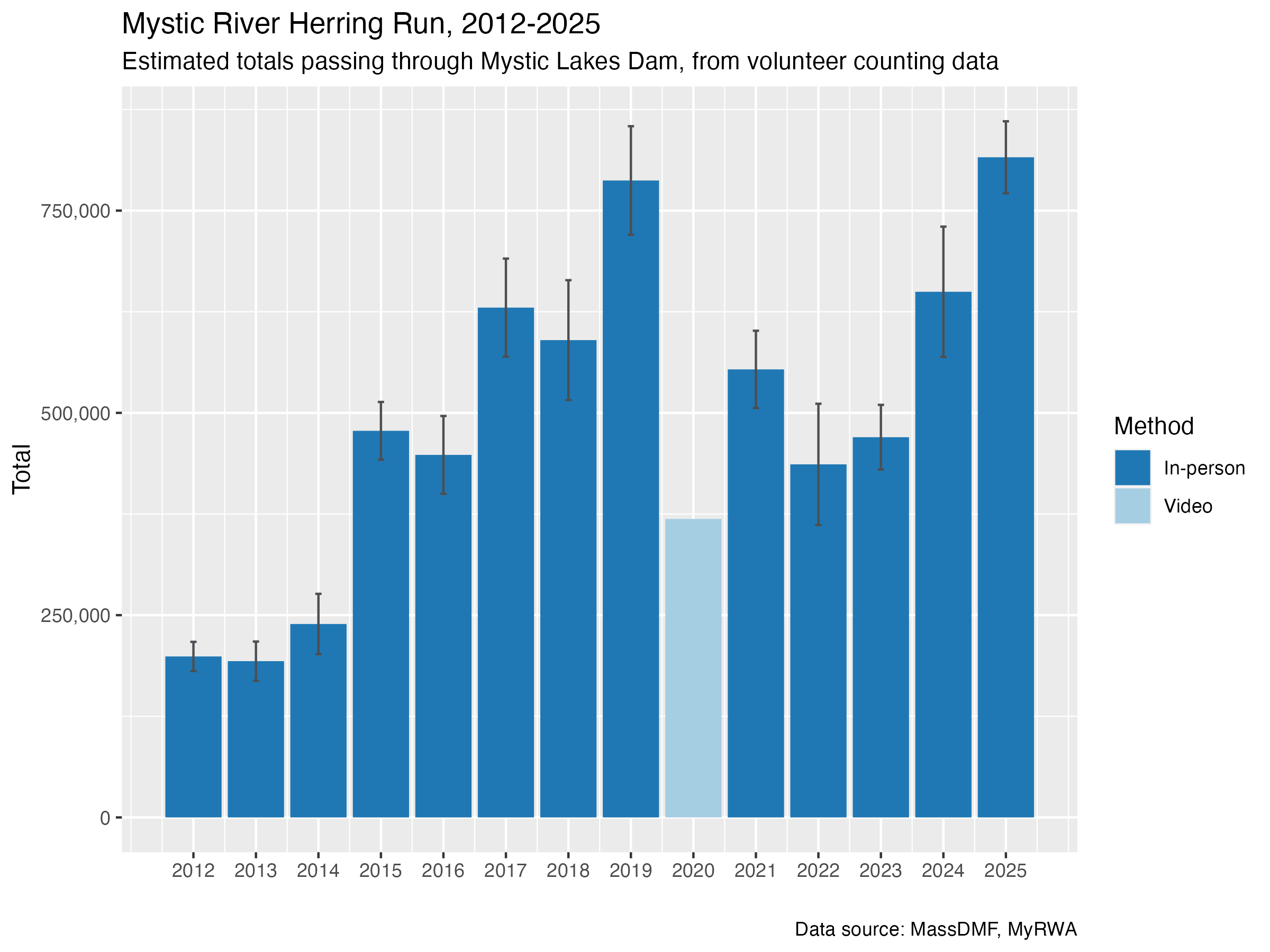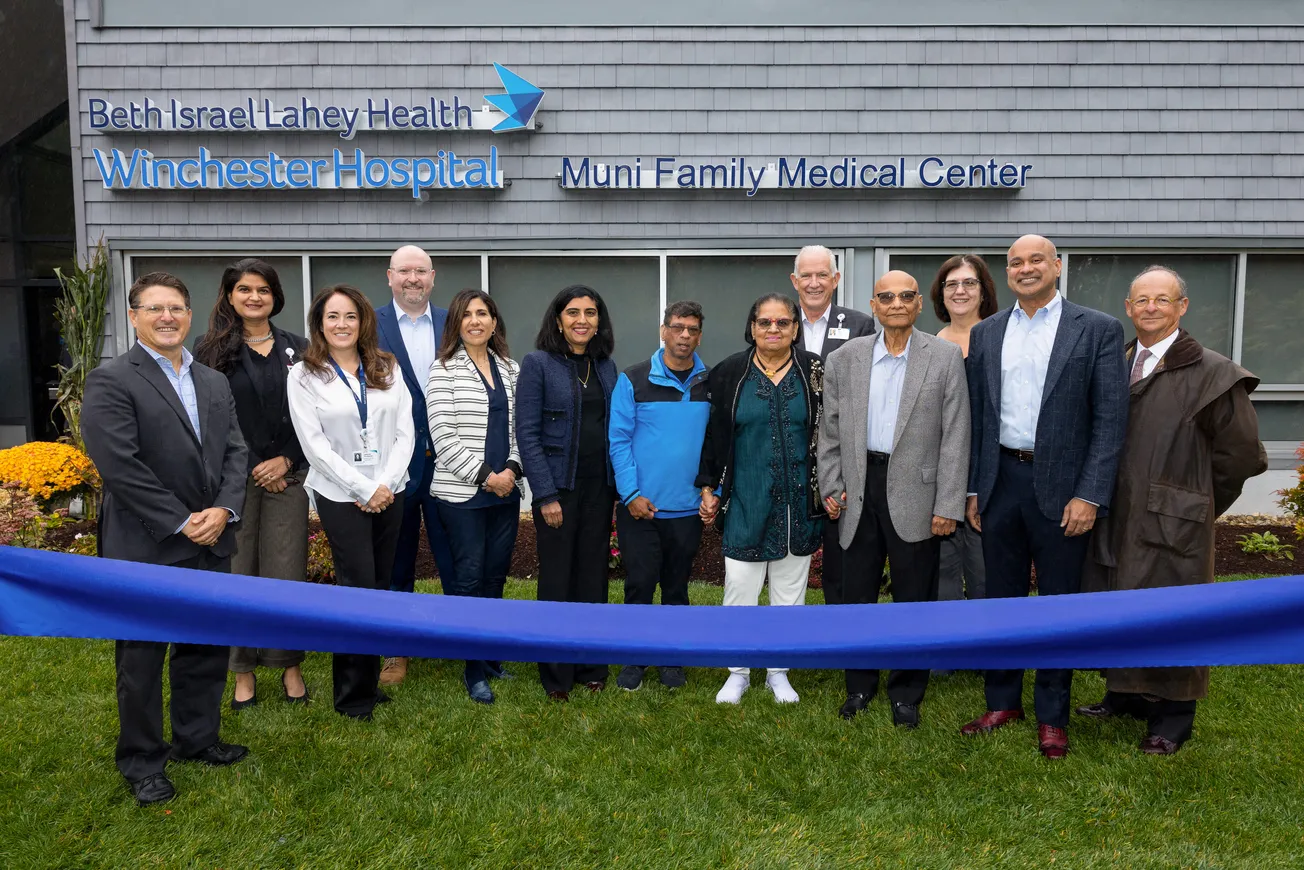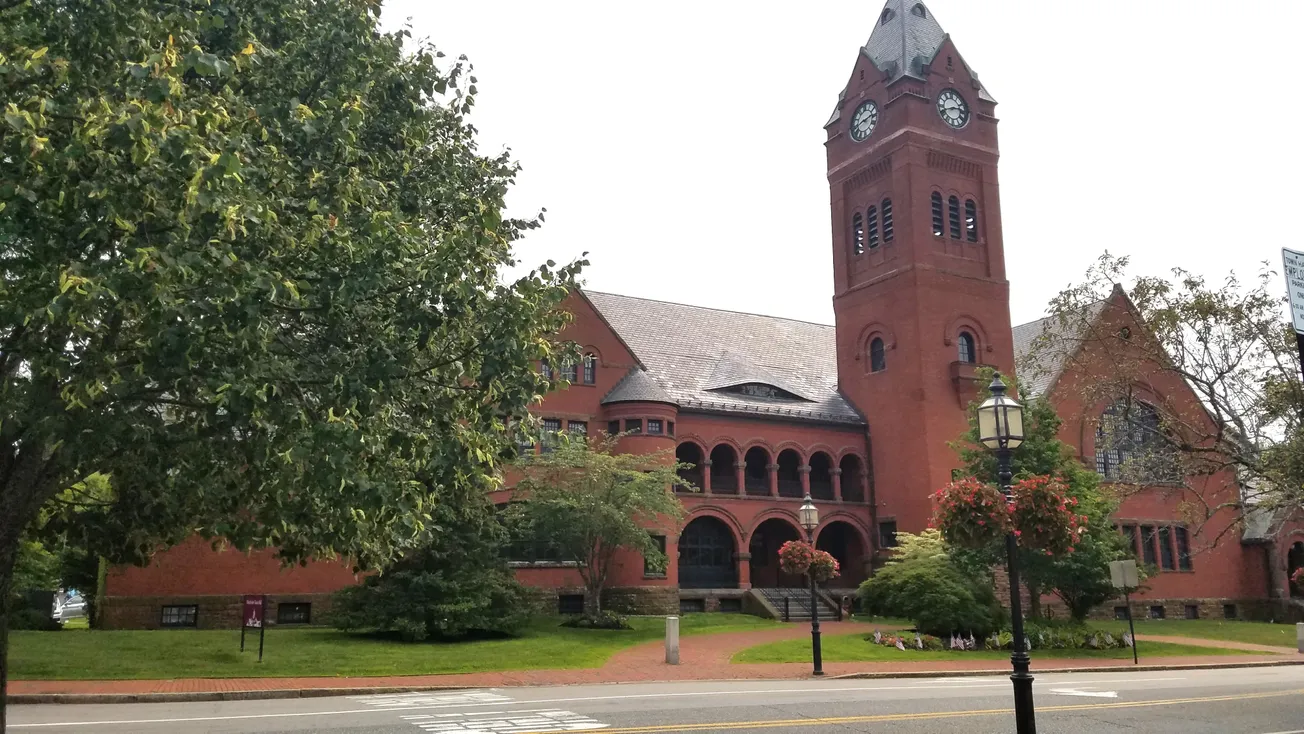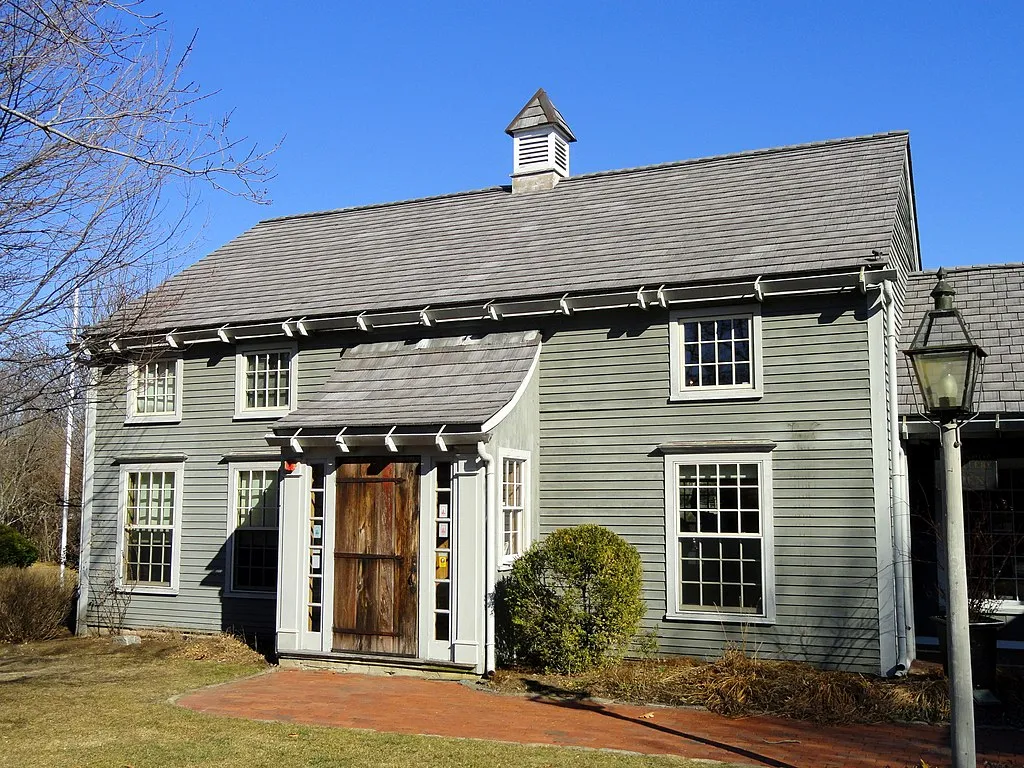Table of Contents
The following was submitted by the Mystic River Watershed Association:
More than 815,000 river herring passed through the fish ladder at the Mystic Lakes Dam in Medford in 2025, according to the official estimate from the Division of Marine Fisheries (DMF).
815,000 river herring is the highest population estimate since Mystic River Watershed Association (MyRWA) volunteers began monitoring at the Mystic Lakes Dam in 2012, and is for the second year in a row - the largest herring migration recorded in the state.
In its first year of monitoring, the river herring population was estimated to be approximately 200,000 herring.
“The story of the recovery for River herring in the Mystic River is one of the greatest restoration success stories for Massachusetts in the last 20 years,” said Joseph Holbeche, Diadromous Fish Biologist for the Division of Marine Fisheries (DMF). “The success of River Herring in the Mystic is a testament to an amazing partnership between DCR, DMF, MyRWA and especially the amazing volunteers whose stewardship has become invaluable for the recovery of River Herring.”

“The construction of fish passages at the Mystic Lakes Dam in 2012 and the Center Falls Dam in 2015 re-connected river herring with more than 200 acres of their ancestral freshwater spawning habitat. Helping herring past these dam barriers and simultaneously improving the health of our freshwater rivers and lakes have created conditions for river herring to thrive in our watershed again,” said MyRWA Executive Director Patrick Herron.
Thanks to community data collection and advocacy, river herring can move freely during their migration from Boston Harbor up to Scalley Dam at Horn Pond. Their population is FOUR TIMES larger today because of these interventions. However, MyRWA are not stopping here.
Of the 815,000 river herring that passed the Mystic Lakes Dam, a mere 6,900 were able to make their way up the spillway into Horn Pond. Meanwhile, volunteers observed hundreds more in the pools at the bottom of Scalley Dam, unable to reach spawning habitat in Horn Pond after an over 13-mile journey from the Atlantic Ocean. This missed opportunity for so many herring highlights the need for an improved passage at Scalley Dam.
Next intervention planned at Horn Pond
Plans are underway to build a “pool and weir” fish passage — an engineered system of pools along a gentle slope — to get herring past Scalley Dam, the last barrier on their migration route. Herring currently use the rocky Scalley Dam spillway to make their way into Horn Pond.
The ability of fish to maneuver through the spillway is highly dependent on water levels and the route requires frequent adjustment of the rocks by Division of Marine Fisheries staff.
A fish passage at Scalley Dam will give herring access to 100+ acres of spawning habitat in Horn Pond. With this intervention at Horn Pond, it is estimated that the Mystic River herring run could reach over a million fish (Division of Marine Fisheries).

Additionally, viewing areas at this new fish passage, including an underwater window, will allow more people to witness this incredible migration than ever before.
The Horn Pond Fish Passage Project is making progress in the permitting phase and the project team is working to secure the last needed dollars to begin construction.
Funding for this new fish passage is coming in part from the Industri-Plex Trustee Council Natural Resource Damages settlement funds and a North American Wetlands Conservation Act (NAWCA) grant.
“The city is eagerly awaiting construction of this important project and the positive impacts it will have on both the river herring and the community, ” said Alex Rozycki, Woburn city engineer. “We are grateful for the continued funding and support by all involved to provide the enhanced educational opportunities that this state-of-the-art fish passage will bring. We look forward to further supporting the volunteers , monitors, residents and visitors of Woburn by providing accessible access for all to further enjoy Horn Pond”
“As a herring monitor, I see how river herring impact the ecosystem of Horn Pond and support so many other local wildlife. I look forward to seeing the fish passage completed so herring can freely access Horn Pond and so the community can better access and enjoy the migration. Thanks to all involved including volunteer monitors, the Mystic River Watershed Association and the city hall team,” said Jeff Dillon, president of the Woburn City Council.
The importance of river herring
River herring — Alewife and Blueback herring — are migratory species that spend most of their lives in the open ocean, but return to freshwater every year to spawn in the river system they were born in.

River herring first return to freshwater to reproduce at 3-5 years old, when they are sexually mature. Fish with this type of life cycle are called diadromous.
Diadromous species make up fewer than 1% of all fish species, and they face pressures on their populations in both their saltwater and freshwater habitats.
River herring, in particular, are threatened by over-harvesting in the ocean and by the loss of inland habitat for breeding caused by dams blocking access to inland lakes and streams.
Herring have long been an important resource for native people in this area, being used for food, as fertilizer for crops, and as a signal of the new year. They also have a crucial role in freshwater and marine food webs.
River herring are prey for seals, and other marine mammals in the ocean; seabirds,
cormorants, ospreys, herons, and eagles; tuna, cod, trout, and several species of bass; mink, fox, raccoon, skunk, weasel and turtles. As zooplankton eaters, they turn an inaccessible resource into the food for a large number of species humans consume, enjoy and profit from.







